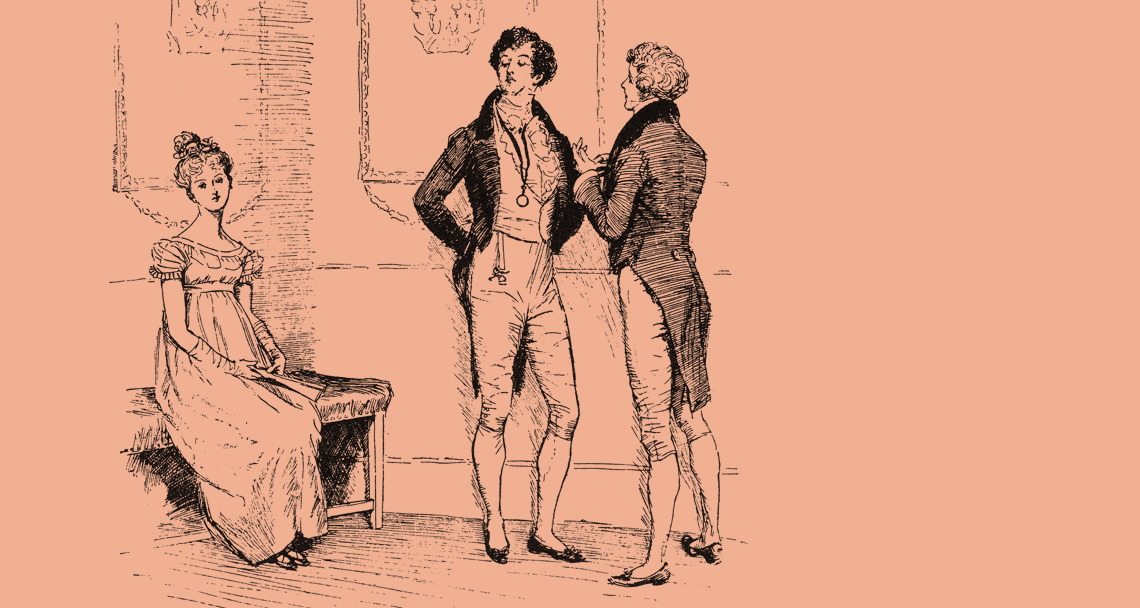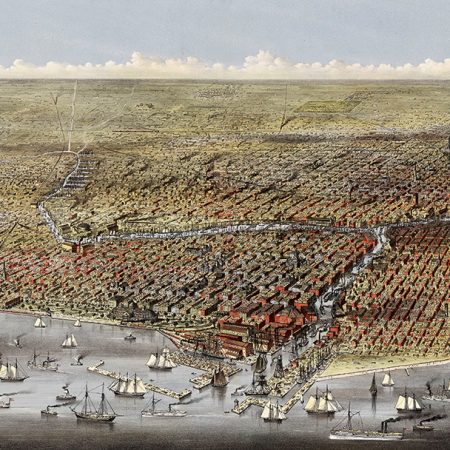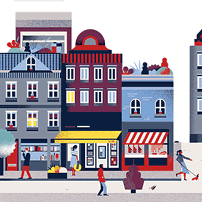“How rich and great you will be! What pin-money, what jewels, what carriages you will have! A house in town! Everything that is charming! Ten thousand a year, and very likely more! ’Tis as good as a Lord!”
As 2017 marks 200 years since Jane Austen’s death, we look at the wealth of one of her most famous characters – Pride and Prejudice’s Mr Darcy.
In 2003, Brad Delong, Professor of Economics at the University of Berkeley, California, calculated that an annual income of £10,000 in 1811 – when Mr Darcy was meeting Jane Austen’s heroine Elizabeth Bennet – would have had the purchasing power of £300,000. Adjusted for inflation, that is equivalent to £450,000 today. However, Mr Darcy’s £10,000 is only a small part of the picture.
The bulk of his wealth would have been in his property assets. Investing in agricultural land was low-risk but provided fairly low yields of between 2-3%, while government bonds yielded 4-5%. There were limited other options for equity investment, and while stock in companies such as the East India Company could produce yields of over 10%, value fluctuated wildly.
An estate the size of Pemberley (Mr Darcy’s Derbyshire pad) had considerable capital value. Agricultural land values were about £40 per acre in 1813, so assuming an estate size of 60,000 acres gives a land value of £2,600,000. Today, an estate of that size would have a land value of around £350,000,000, and would generate an income of around £5.5 million per year, a yield of 1.5%.
Image: Shutterstock




